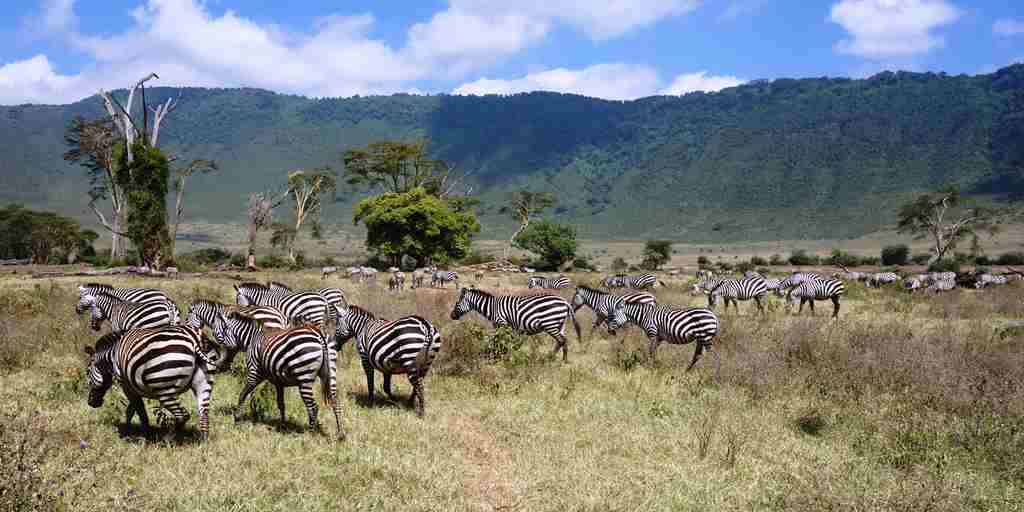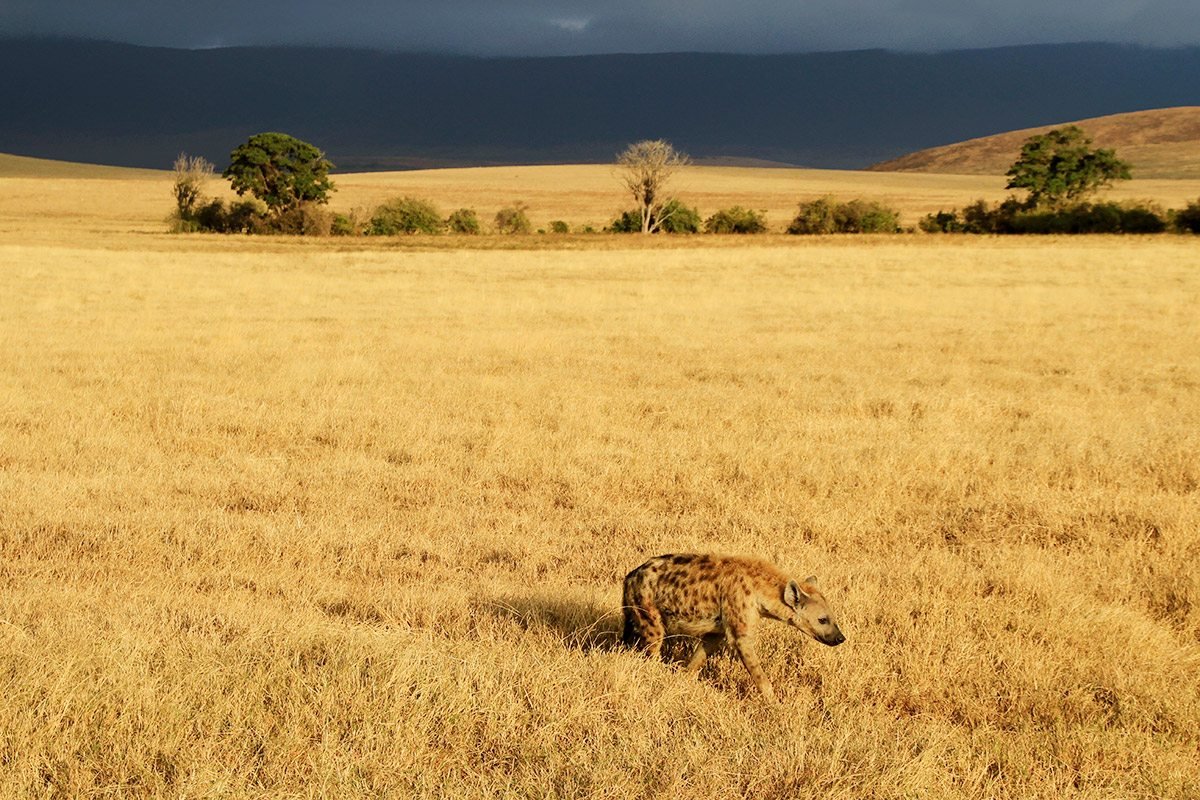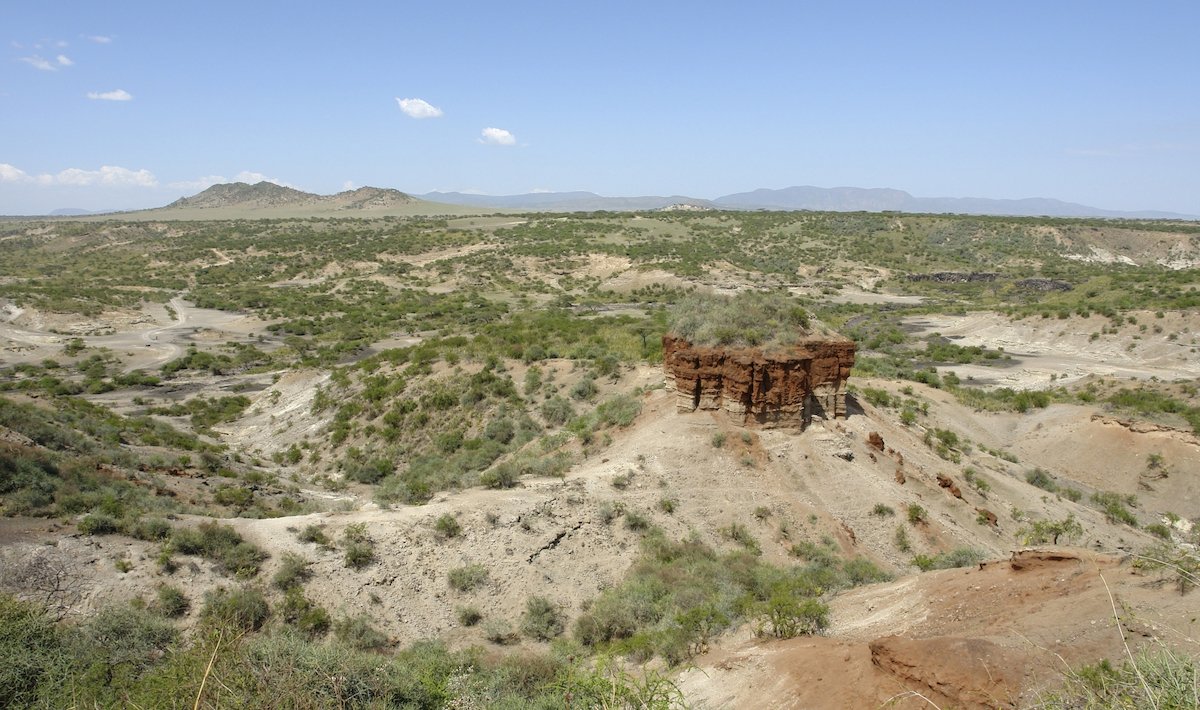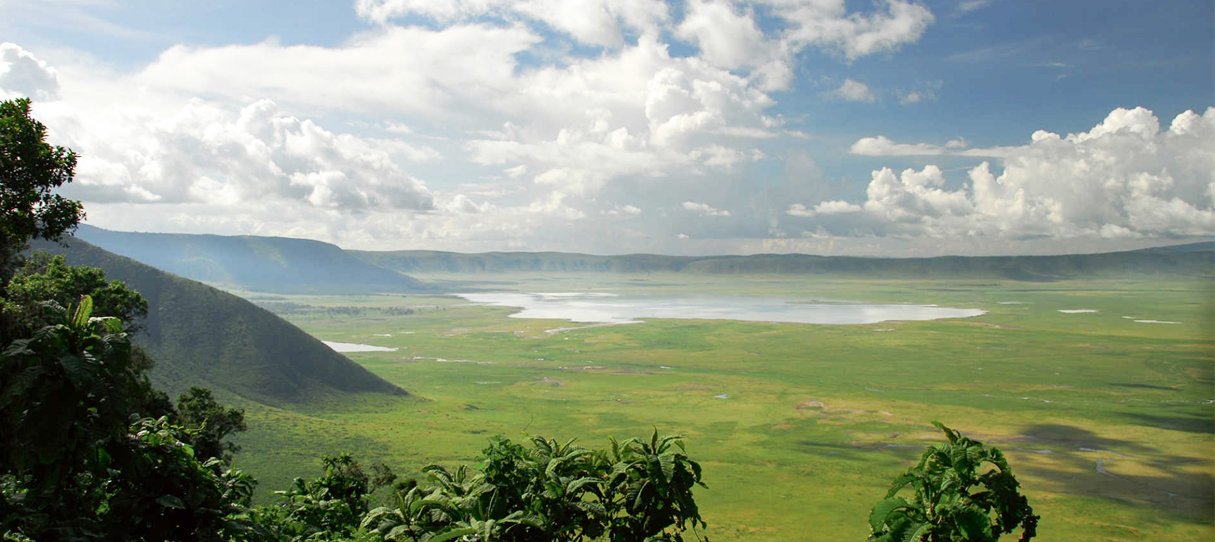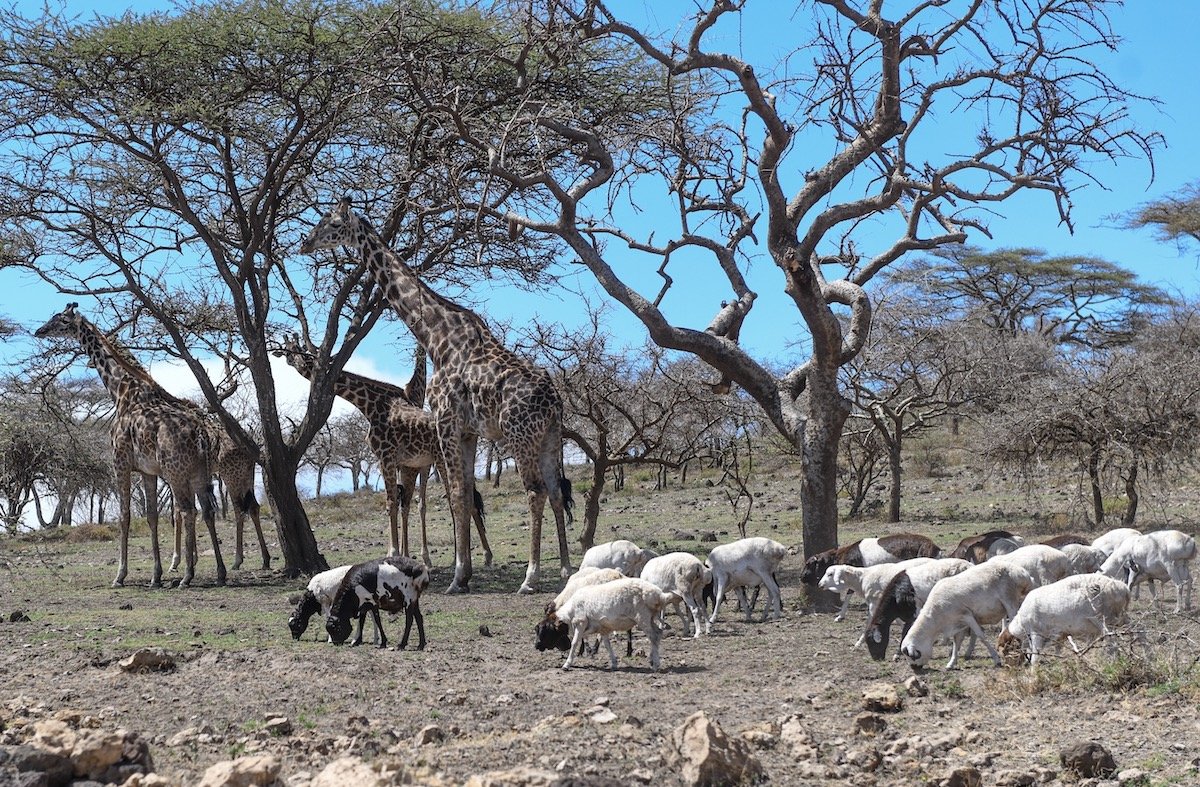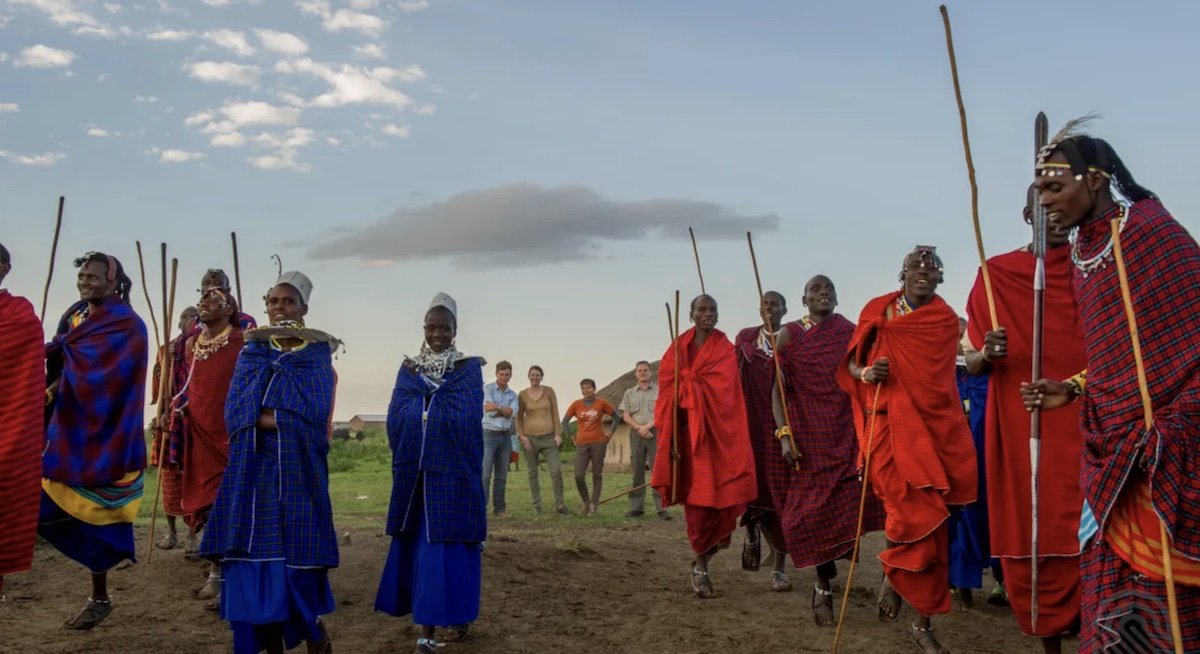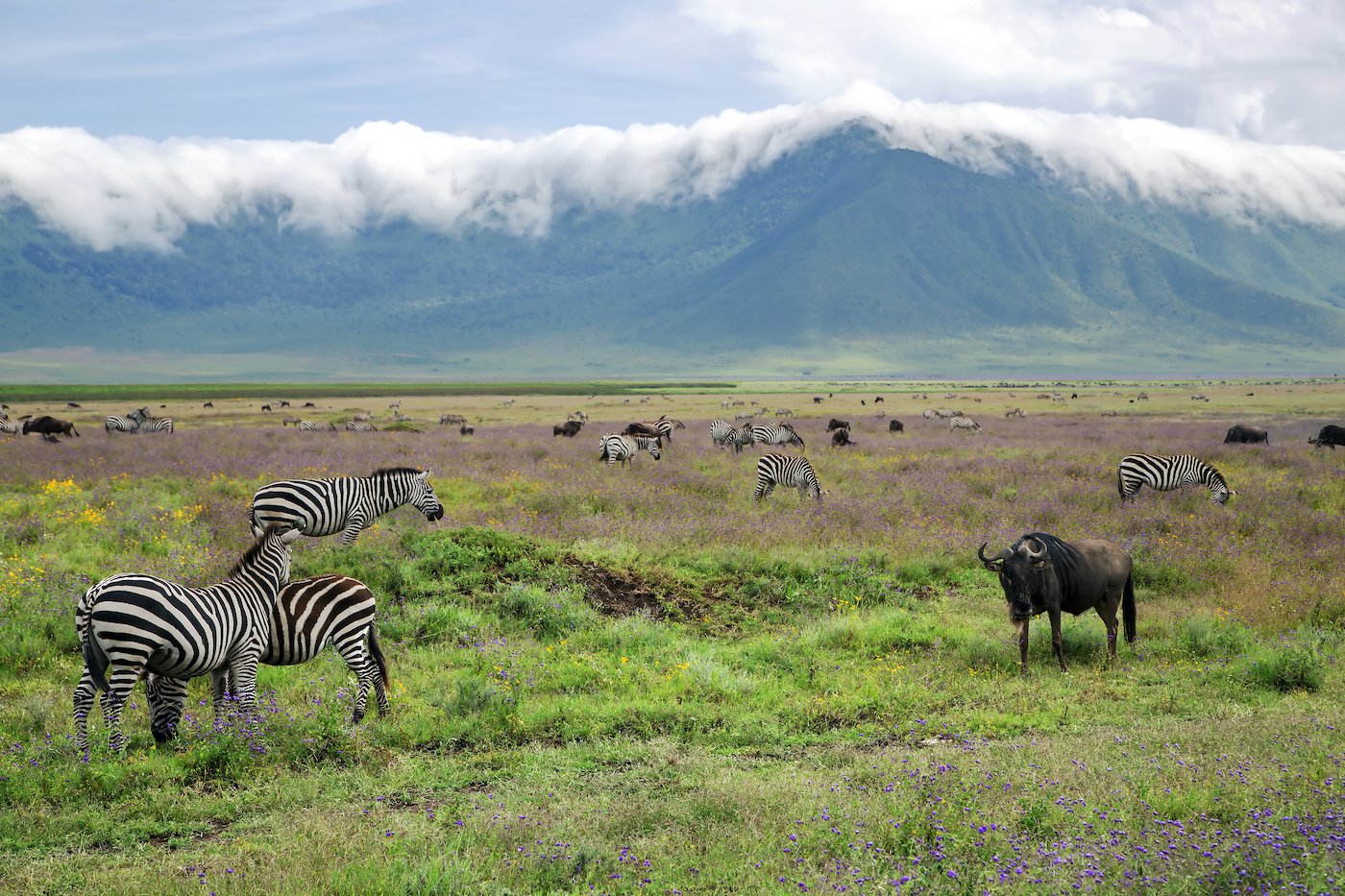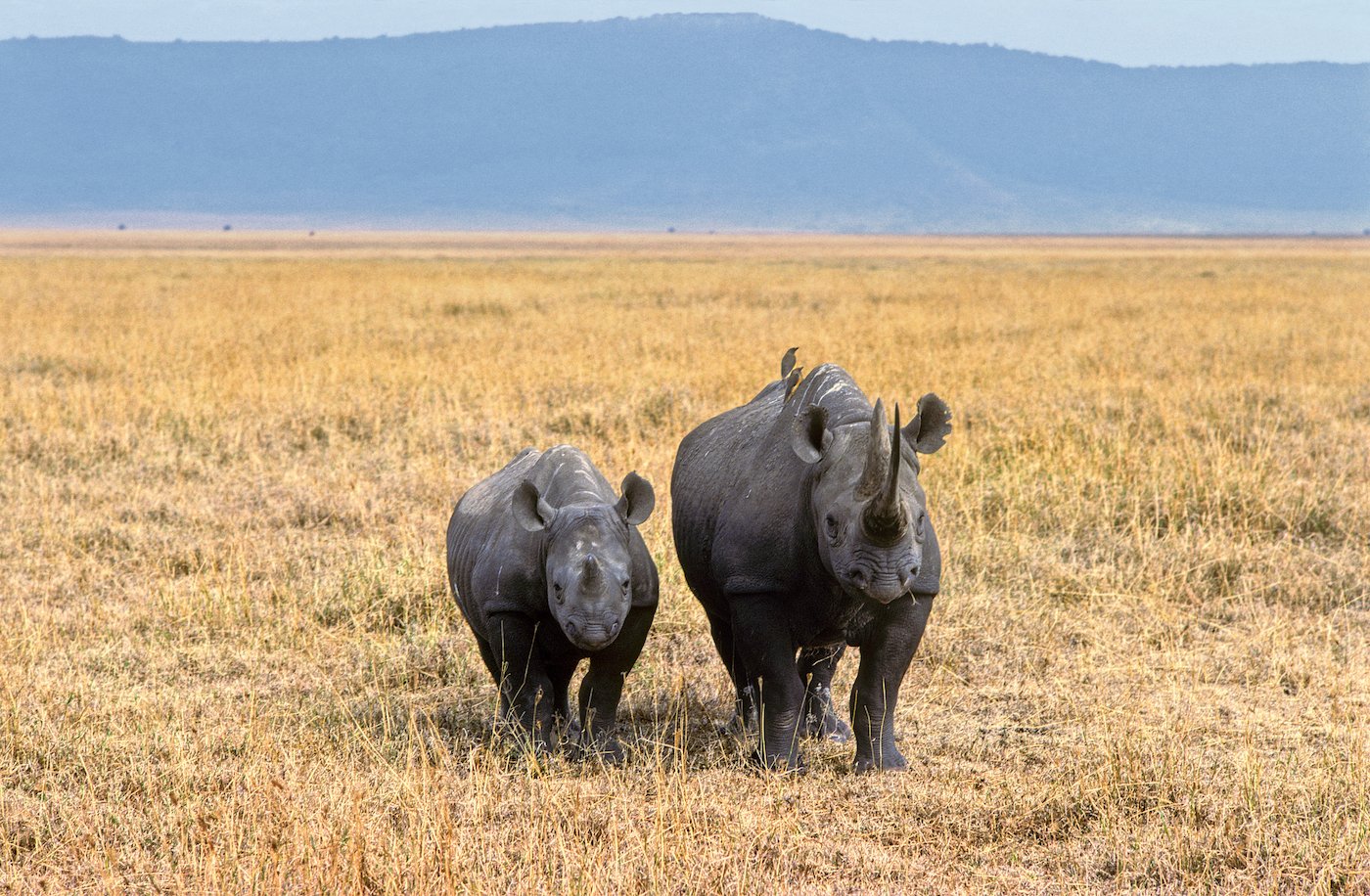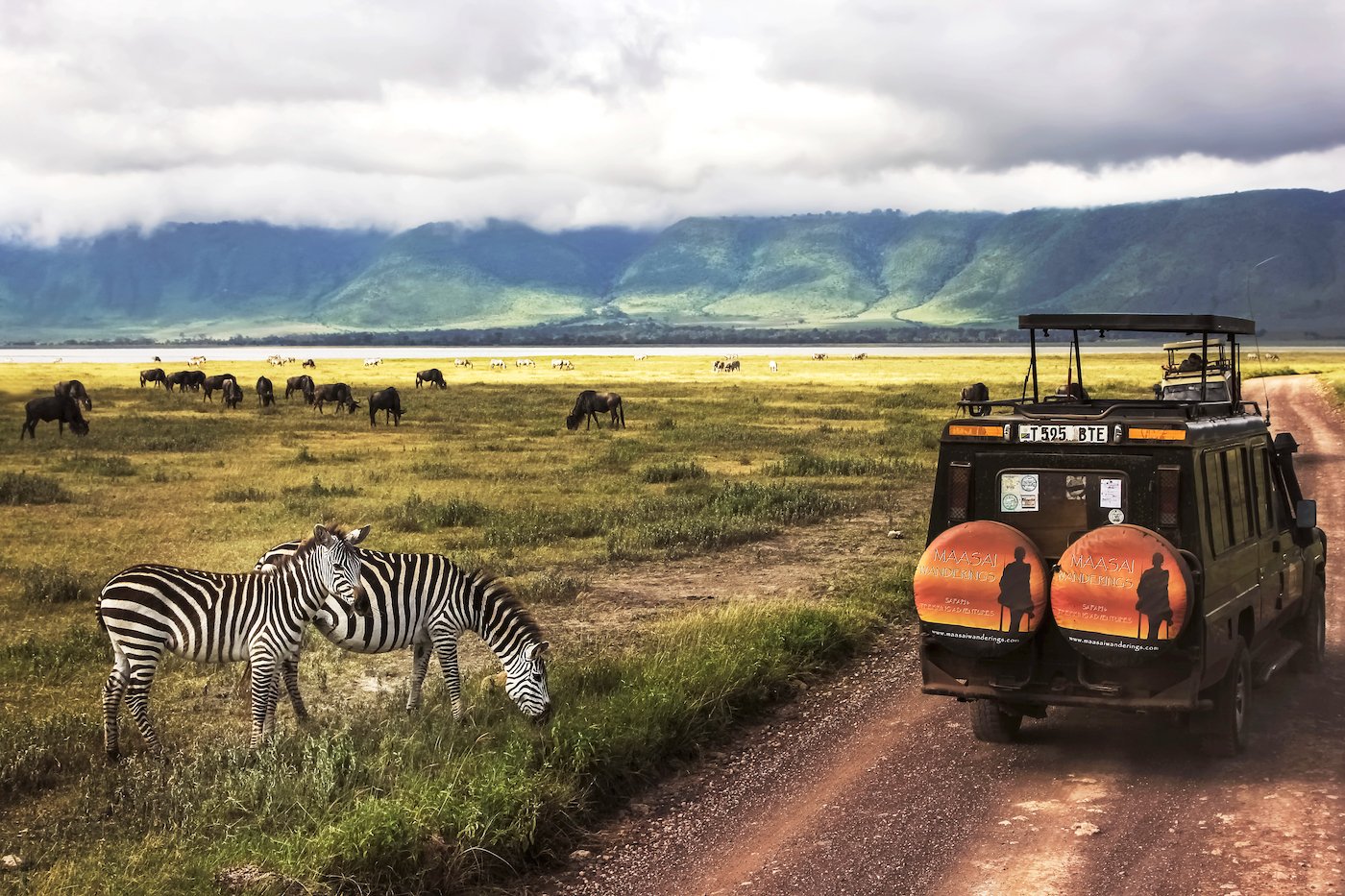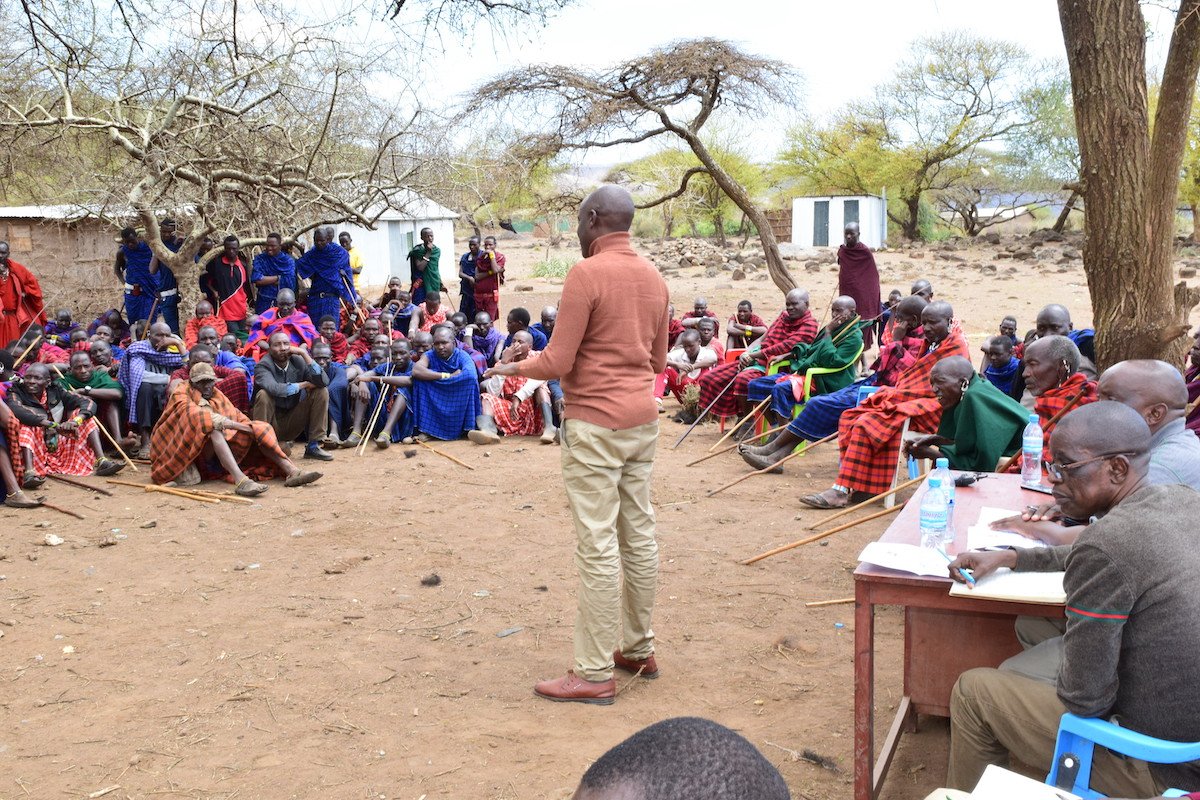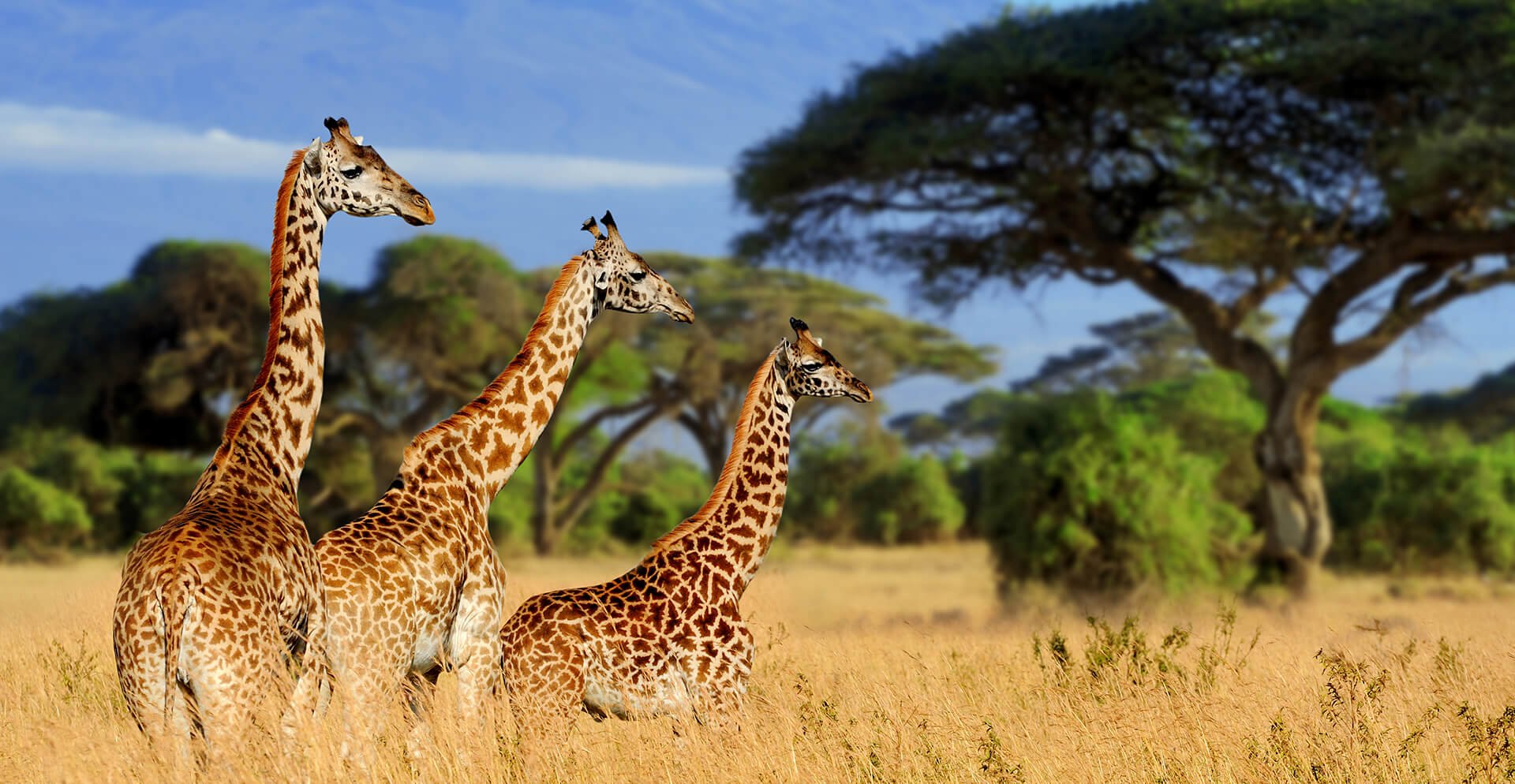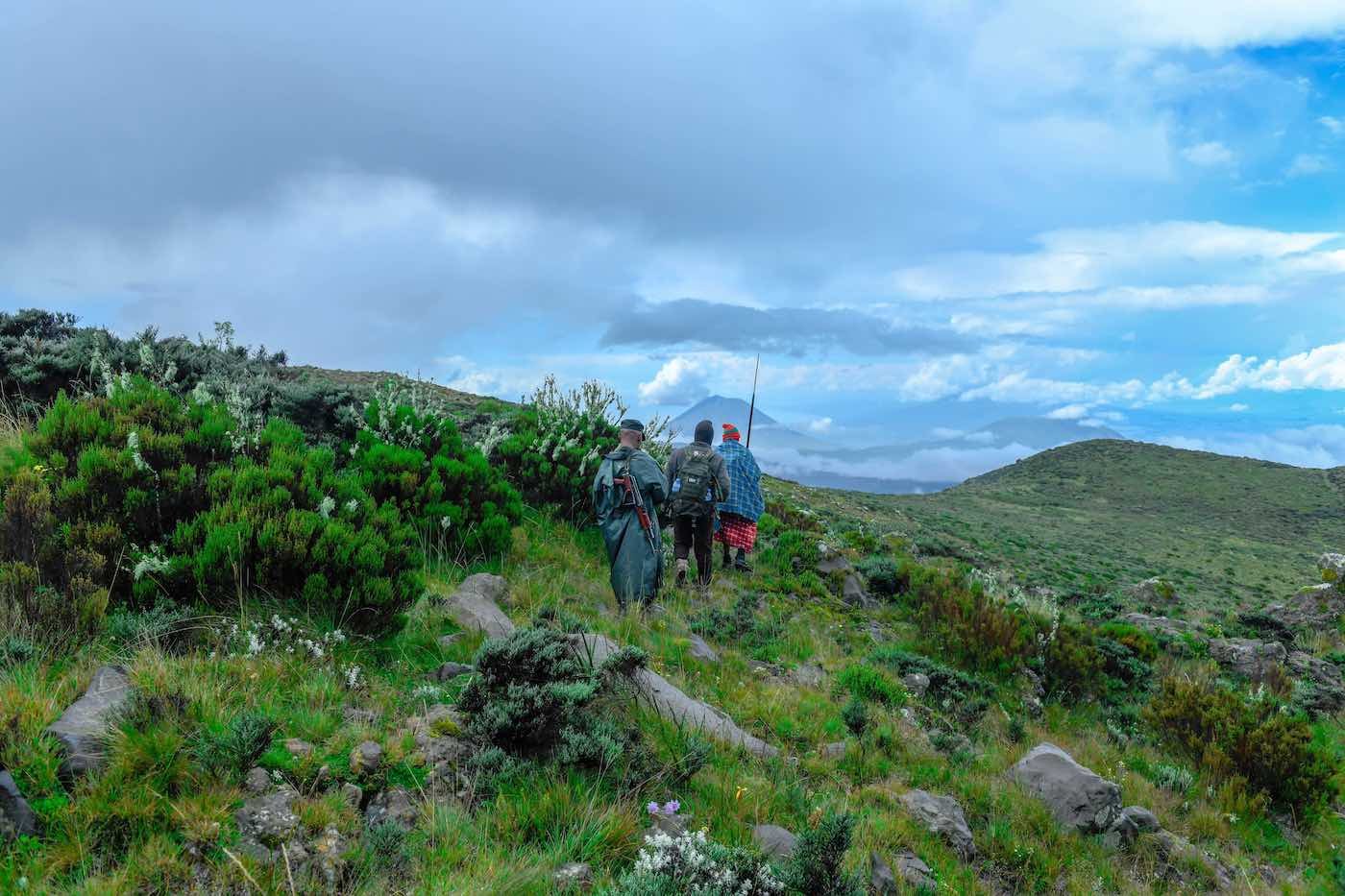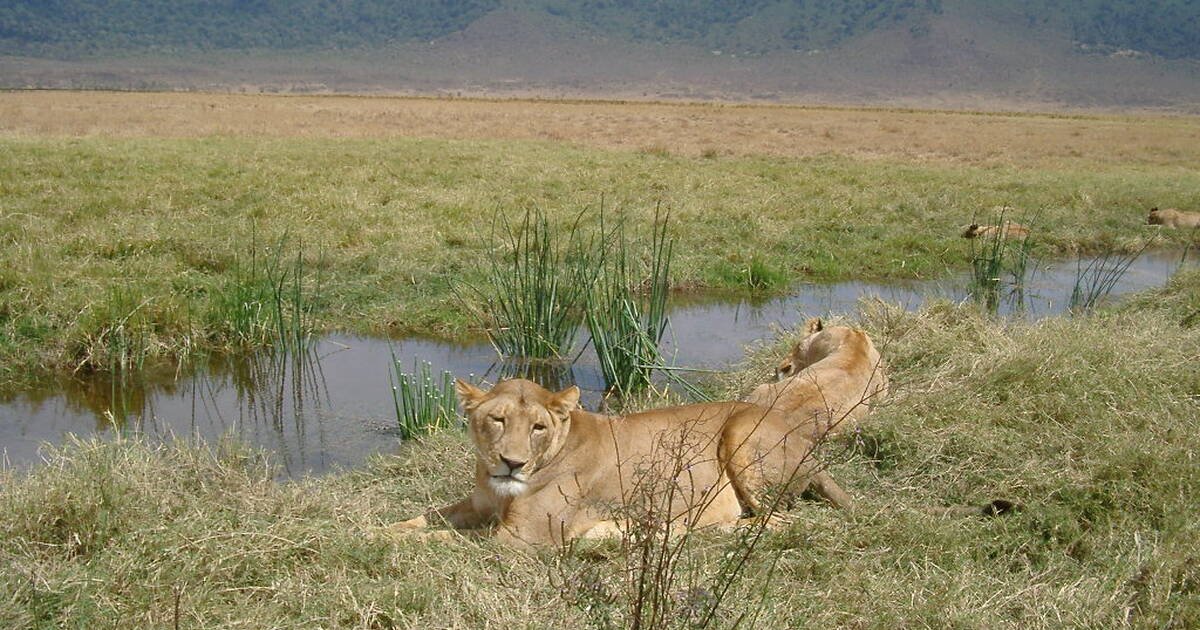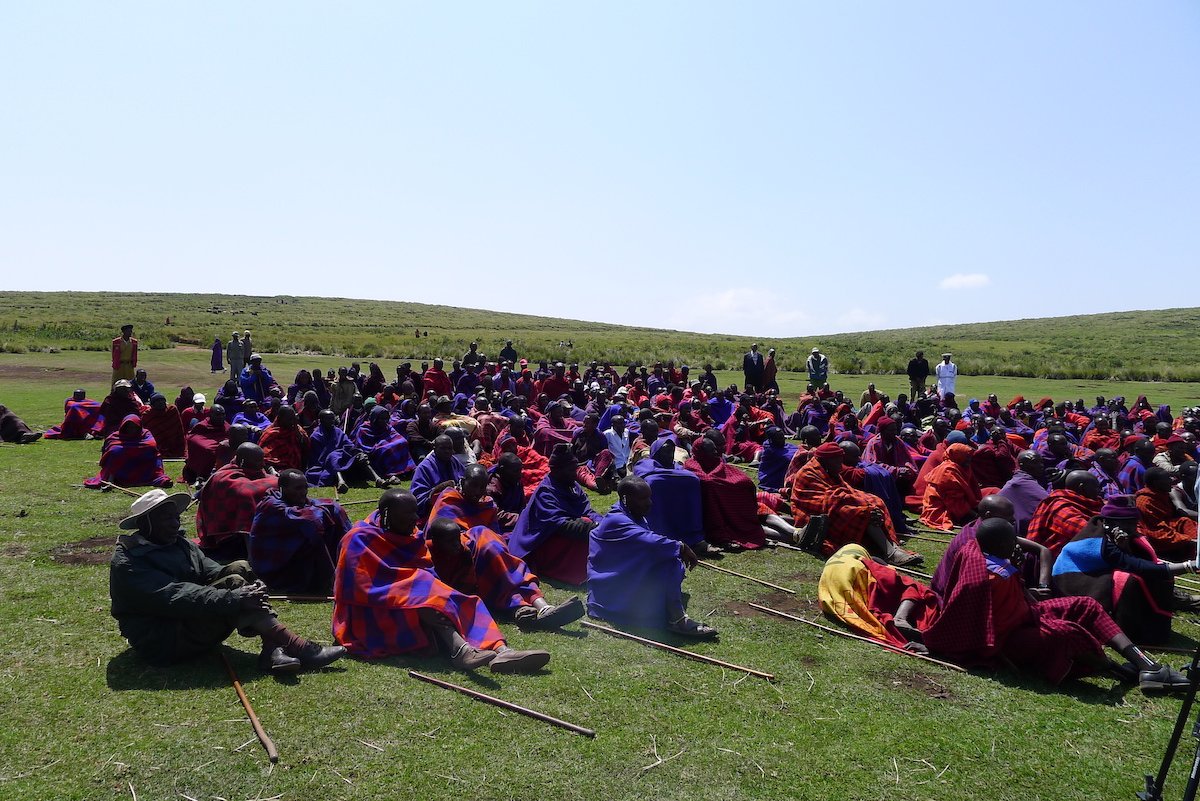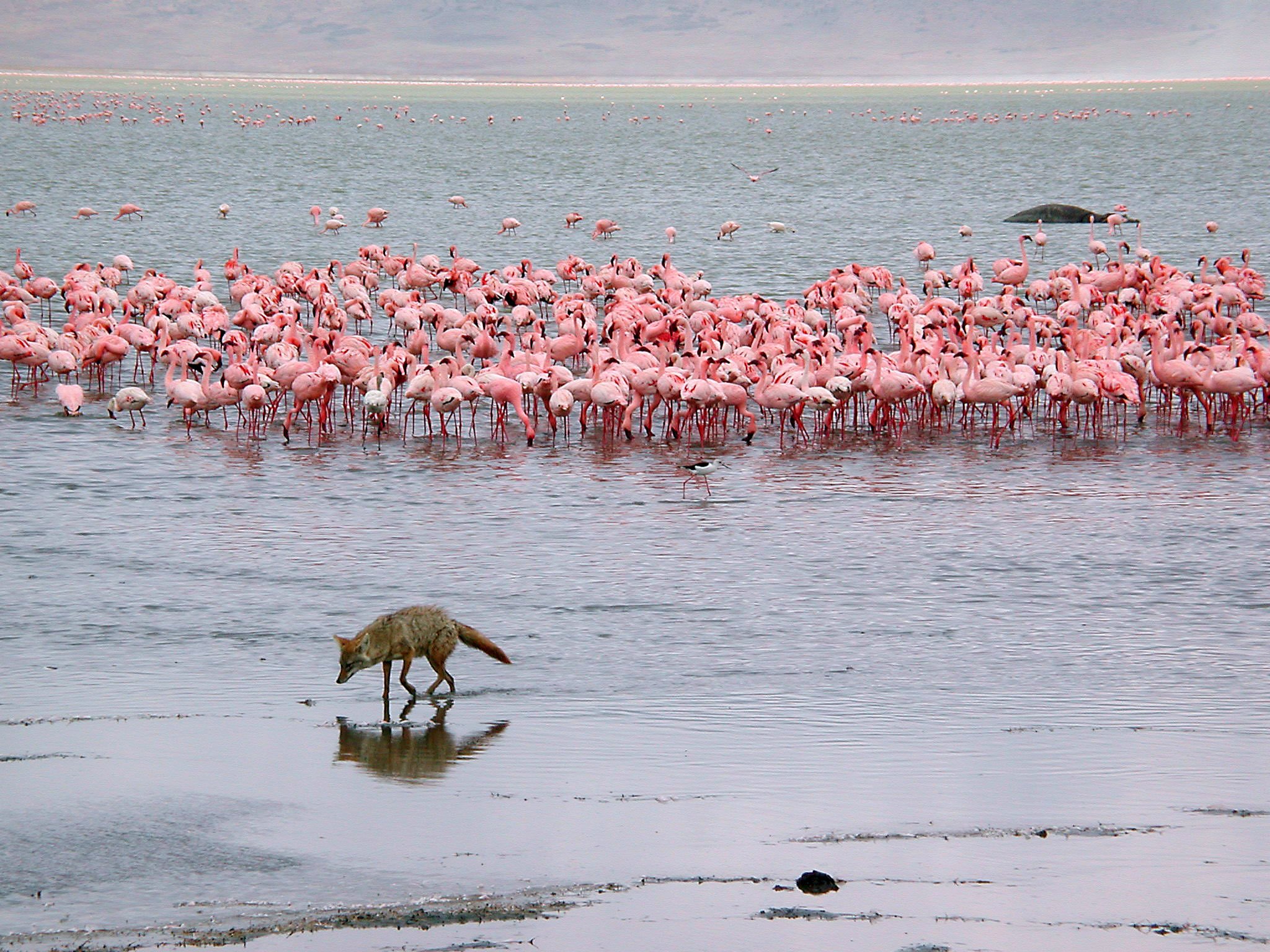Ngorongoro World Heritage Site, Tanzania
OVERVIEW
The Ngorongoro Conservation Area (8,292 km2) in northern Tanzania represents one of the world’s greatest and most important reservoirs of large mammal biodiversity, and also contains one of the most important paleoanthropological sites in the world.
SIZE
480,000 Hectares
GOAL
$340,000
VISITORS BY 2025
120,000
Introduction
The Ngorongoro Crater is a natural wonder. From inside, it's difficult to believe that this was an active volcano two million years ago. Now, it's the world's largest inactive, intact volcanic crater, and it hosts one of the greatest densities of wildlife in all of Africa. Around 25,000 large mammals call this crater their home, incuding thousands of wildebeest, zebra, eland, and buffalo. The crater contains one of the world's highest densities of lions, which thrive on the abundant prey. The crater's steep, forested walls act like a natural enclosure, making it difficult for wildlife to enter or leave.
The Ngorongoro Crater is part of northern Tanzania's Ngorongoro Conservation Area (8,292 km2), which represents one of the world’s greatest and most important reservoirs of large mammal biodiversity. A core component of the world famous Ngorongoro-Serengeti-Mara Ecosystem, the Ngorongoro Conservation Area is a designated UNESCO World Heritage Site where human communities of over 90,000 people reside alongside magnificent wildlife populations.
With large tracts of wildlife habitat and corridors also supporting communal land use, the landscape is porous and remains a particularly critical area for collaboration between protected area and village authorities that seeks to mitigate the risks and negative impacts associated with the illegal wildlife trade.
Archaeological Heritage
The Ngorongoro Conservation Area contains the Olduvai Gorge, one of the most important paleoanthropological sites in the world. Louis and Mary Leakey established a research program in the gorge beginning in the 1930's, and are responsible for most of the excavations there. They and others working in the gorge have unearthed numerous archaeological findings that have been instrumental to advancing our understanding of human evolution.
Homo habilis, probably the first early human species, occupied Olduvai Gorge approximately 1.9 million years ago (mya); then came a contemporary australopithecine, Paranthropus boisei, 1.8 mya, followed by Homo erectus, 1.2 mya.
Our species Homo sapiens, which is estimated to have emerged roughly 300,000 years ago, is thought to have occupied sites in the gorge by 17,000 years ago.
Because of the presence of sequential hominin species in Olduvai, this site has been crucial for furthering our understanding of increasing social and developmental complexities in humans, including advancement in the use of tools.
Threats
Ngorongoro is threatened primarily by the growth of human communities inside and around the conservation area. The growth of human populations also means an increasing number of livestock, which can lead to overgrazing and disease transfer from livestock to wildlife. Development on the outskirts of the conservation area is blocking off migration corridors for wildlife.
Like in other parts of Africa, poaching occurs in Ngorongoro, with species like rhinos and elephants targeted for the illegal wildlife trade. Poverty and livelihood factors are important issues when it comes to poaching, illegal wildlife trade, and human retaliation against wildlife. Poverty levels in rural areas of Tanzania are estimated at 33%.
Burgeoning tourism and the related infrastructure are also putting pressure on this ecosystem.
Critical species of concern are being targeted for the following reasons:
Black rhinoceros (Diceros bicornis) are critically threatened across Africa with poaching to supply the illegal trade in rhinoceros horn.
Tanzania has experienced increased poaching of elephants (Loxodonta africana) and African lions (Panthera leo) over the years to supply the illegal trade in ivory and lion bone and claw.
Leopard (Panthera pardus), cheetah (Acinonyx jubatus), wild dog (Lycaon pictus), and giraffe (Giraffa camelopardalis) are also threatened with hunting and poaching to supply the trade in unique wildlife skins.
Large carnivore populations, including the African lion and the leopard, attack local livestock and are additionally threatened with intense human retaliation in the form of shooting, spearing, and poisoning
Saving Ngorongoro
Global Conservation has just launched a new Global Park Defense Project in Ngorongoro World Heritage Site, Tanzania, led by African People & Wildlife. We are supporting the NCAA (Ngorongoro Conservation Area Authority) rapid response anti-poaching teams and Warriors for Wildlife, a new group of community leaders assisting NCAA to protect wildlife and nature. We are looking forward to achieving excellent results for conservation in Ngorongoro over the coming years.
With support from Global Conservation and the Elephant Crisis Fund, African People & Wildlife and its partners, including the Ngorongoro Conservation Area Authority (NCAA) and local communities, will foster communication and collaboration between trained, rapid response anti-poaching teams managed by the protected area and a specialized network of community Warriors for Wildlife —creating an enabling bridge between local pastoralists and wildlife authorities.
Global Conservation’s support of this important project is an investment in one of our world’s most diverse and ecologically important places, ensuring the continued development and practice of conservation best practices that marry strong community engagement and wildlife protection with technology-based solutions.
“I talk with my community about how we can come together to create long-lasting solutions for living with wildlife. Because I’ve created a lot of trust within my community, I see a bright future for big cats in this region.”
— Elihuruma Lothi, African People & Wildlife Warrior for Wildlife
The project will work with the NCAA to train and support up to 12 zonal, rapid response anti-poaching teams, who will also specialize in African People & Wildlife's unique community engagement approach. Enhanced community involvement and outreach facilitates improvements in human-wildlife conflict mitigation, sustainable natural resource management, and critical species monitoring and protection — in this case, with an emphasis on elephants.
Strengthened, proactive, protected area patrol teams — equipped with state-of-the-art technology informed by the Global Park Defense model — who also engage more productively with local community members are more effective at reducing illegal activities while mitigating human-wildlife conflict, a key factor influencing local people’s perceptions of the link between wildlife benefits and wildlife conservation. With capacity building in risk management and conflict resolution, the NCAA anti-poaching teams will improve their collaboration with communities while fulfilling their law enforcement missions.
The NCAA rapid response teams will also work hand in hand with a network of community Warriors for Wildlife, who serve as local human-wildlife conflict mitigation officers — playing a pivotal role in preventing retaliation against wild animals and offering guidance and solutions for peaceful coexistence — and who also act as the local eyes and ears on the ground reporting illicit wildlife activities.
Critical Initiatives:
Key project activities and needs supporting NCAA rapid response anti-poaching teams and community Warriors for Wildlife in the Ngorongoro Conservation Area include:
Training NCAA zonal rapid response teams
Training in effective community engagement and human-wildlife conflict mitigation;
Supporting NCAA zonal rapid response teams
Support with state-of- the-art equipment and wildlife monitoring systems as well as regular field training in anti-poaching;
Building a community network of Warriors for Wildlife
For anti-poaching and human-wildlife conflict mitigation support, supplied with state-of-the-art equipment and regular training;
Providing technology, resource, and equipment support
Including laptop computers, tablets, smart phones, GPS, data packages, radios, monitoring platforms (e.g. EarthRanger), trail cameras, and wildlife surveillance packages;
Anti-poaching patrol support
Support for routine and rapid response to all incidents — regular patrols, poaching incidences, human-wildlife conflict, and community emergencies.
Critical project funding will target trainings, anti-poaching patrol costs, support for Warriors for Wildlife, data collection, and key equipment and technologies.
Species Facing Extinction
In Ngorongoro, we are working with our partners to protect the African wild dog, African savanna elephant, and African lion.
African wild dogs, also known as painted dogs or painted wolves, are the largest canids in Africa and the second largest in the world after wolves. Historically destroyed as "problem animals" because of conflicts with livestock, their populations have long been declining and they are now considered Endangered. There are only around 1,400 mature wild dogs left in the wild.
African savanna elephants are the largest terrestrial mammal on Earth. Though they once roamed throughout sub-Saharan Africa, their range has become increasingly small due to poaching and habitat loss. After rampant demand for their tusks, just 20 super tuskers remain.
African lions are the largest and most imposing carnivore in Africa and the only true social cats, and they have special cultural significance in most countries on the continent. Unfortunately, African lion numbers have plummeted by over 40% in the last three generations due to loss of habitat and conflict with people. Three-quarters of African lion populations are in decline.
Partners in Conservation
African People & Wildlife’s programs and priorities reflect their commitment to an inclusive and holistic approach to biodiversity conservation, accomplished hand-in-hand with their partners – government authorities, local communities, and NGOs. Their work includes a wide range of interrelated initiatives in natural resource management, wildlife and habitat conservation, human-wildlife coexistence, sustainable and local micro-business development, and environmental education.
Because of their efforts, rural Africans are implementing and leading community-driven conservation projects and initiatives across critical landscapes of unparalleled ecological significance in Tanzania and beyond. More than 100 local community guardians conduct all monitoring, tracking, and anti-poaching efforts associated with the protection of critical wildlife species and habitats, directly contributing to a sustained increase in wildlife populations over the past nine years in a targeted monitoring area.
Human-wildlife conflict has dramatically decreased as the result of community-driven solutions that balance traditional knowledge with cutting-edge science and technology, reaching more than 18,700 rural people.
Local governments in more than 20 communities (representing 100,000+ people) have mobilized to make timely, sustainable decisions about the management of their own grasslands and livestock, embracing an approach that emphasizes the combined value of social, economic, and ecological returns.
In addition, thousands of rural youth have participated in a wide range of environmental education programs and initiatives, encouraging the next generation of conservation leaders to step forward. And for the first time, 1,840+ empowered women from across the region are earning an income through economic development initiatives, diversifying and improving their families’ livelihoods while protecting the environment.


